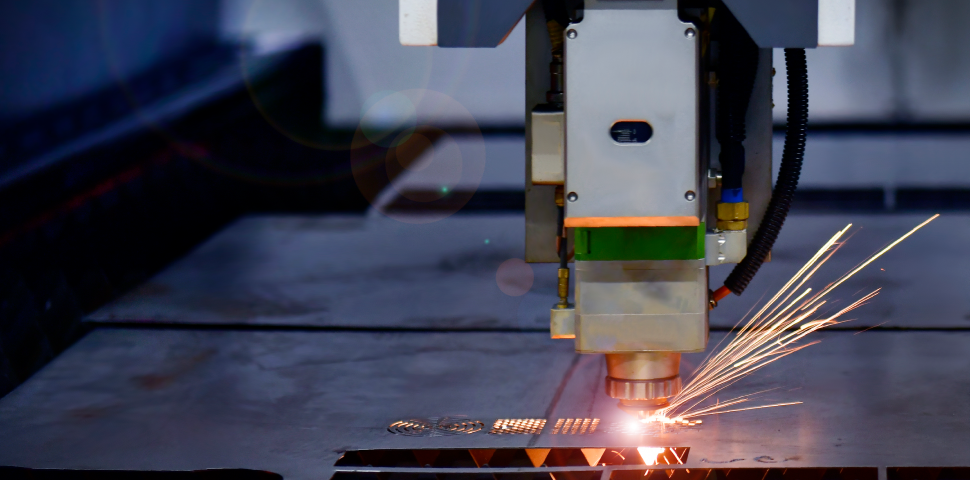Are laser cutting machines dangerous to operate?

Safety First: Understanding the Potential Hazards of Laser Cutting Machines
Laser-cutting machines have revolutionized the manufacturing industry with their precision and versatility. However, it is crucial to acknowledge the potential hazards associated with their operation. In this article, we will explore the safety considerations involved in using laser cutting machines, particularly the generation of fumes, vapors, particulates, and metal fumes and the importance of proper ventilation and filtration systems.
Understanding Potential Hazards:
Laser-cutting machines utilize high-powered lasers to cut through various materials with exceptional accuracy. While these machines offer numerous benefits, they also pose potential hazards, primarily related to the byproducts generated during the cutting process.
Materials such as plastics, foam, wood, and other combustible substances release fumes, vapors, and particulates when exposed to the intense heat of the laser beam. Additionally, certain metals can produce toxic fumes when vaporized, posing health risks to operators. Inhalation of these byproducts can lead to respiratory issues, eye irritation, and other health complications.
Importance of Fume Exhaust and Filtration Systems:
To ensure a safe working environment, laser cutting machines must be equipped with effective fume exhaust and filtration systems. These systems are designed to remove and filter out the hazardous byproducts generated during the cutting process.
A fume exhaust system, connected to the laser cutter, removes the fumes and gases directly from the cutting area, preventing their accumulation in the workspace. The exhaust system should be appropriately sized and configured to handle the volume of fumes produced during operation.
In conjunction with the fume exhaust system, a filtration system is essential for removing particulates and other harmful substances from the extracted air. The filtration system should meet the manufacturer's specifications and be regularly maintained to ensure optimal performance. It typically includes filters capable of capturing particles of various sizes and eliminating potentially toxic compounds.
Safety Measures and Compliance:
To operate a laser cutting machine safely, it is essential to follow proper safety measures and comply with relevant regulations. Operators should receive appropriate training on the safe operation of the equipment, including knowledge of potential hazards and how to mitigate risks.
Personal protective equipment (PPE), such as safety glasses, gloves, and respiratory protection, should be worn by operators to minimize exposure to laser emissions and byproducts. Work areas should be properly ventilated to maintain clean air quality.
Regular maintenance and inspection of the laser cutting machine and its exhaust and filtration systems are crucial for ensuring their proper functioning. This includes cleaning filters, checking airflow, and monitoring the system's performance.
Conclusion:
While laser-cutting machines offer immense capabilities, it is important to acknowledge and address the potential hazards associated with their operation. Proper ventilation, fume exhaust, and filtration systems are vital for minimizing the risks posed by the generation of fumes, vapors, particulates, and metal fumes. By adhering to safety measures and regulations, operators can create a safe working environment while harnessing the power of laser-cutting technology.

